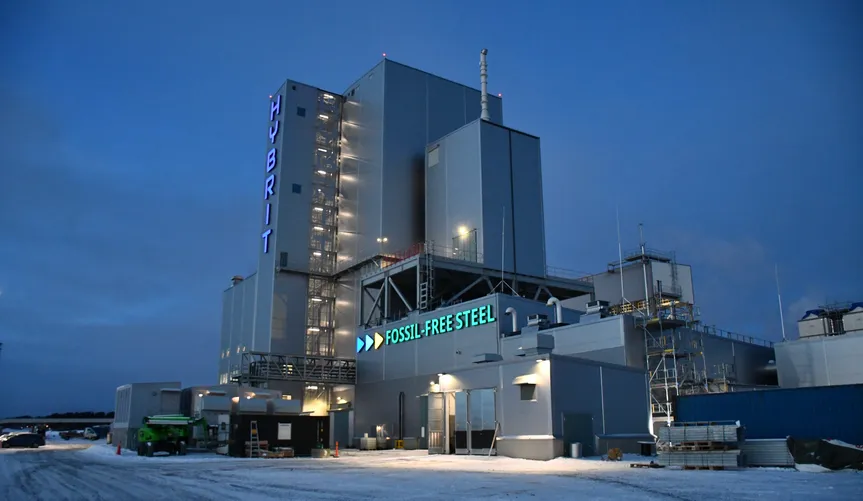Tech
How Steel’s Carbon Capture Revolution is Resulting in Cleaner Materials and Greener Cities

Steel is the backbone of modern infrastructure—bridges, skyscrapers, vehicles, and appliances alike. But it also accounts for nearly 8% of global CO₂ emissions, marking it as one of the most carbon-intensive industries on Earth. As the planet races toward net-zero by 2050, innovating sustainable steel production has become a global imperative. Enter carbon capture: an industrial game-changer turning emissions into opportunity.
Why Steel is Perfect for Carbon Capture
Traditional blast furnace steel-making emits most of its CO₂ through concentrated processes and off-gas streams. Unlike diffuse emissions from power plants or vehicles, these emissions are highly concentrated and therefore prime candidates for capture before they ever reach the atmosphere. That makes steel plants ideal for integrating carbon capture, utilization, and storage (CCUS) systems, with the potential to retrofit existing facilities and significantly reduce their carbon footprint.
Incentives Aligning for Change
Governments worldwide are fueling this transformation with powerful incentives. In the U.S., tax credits support companies for capturing and storing carbon dioxide. Additional regional policies also reward industrial emitters. These financial carrots help offset the capital expenses of installing advanced capture technologies and shift economies in favor of decarbonization.
How Carbon Capture Rewrites Steel’s Story
Carbon captured from steel plants isn’t destined for a lifetime underground. In a true circular-carbon economy, it can be repurposed into new building materials, chemicals, or carbon-rich feedstocks. This turns what was once an environmental liability into an economic asset.
The engineering is already proven: modular solvent-based systems can be installed on-site with minimal downtime. They adapt to space constraints and existing plant configurations, making deployment swift and scalable across different facilities. At this point, the concept of steel carbon capture and storage isn’t science fiction—it’s a robust blueprint for industrial transformation.
The Business Case
Beyond reducing CO₂ output, there’s real financial incentive for steel companies. A significant portion of a steel plant’s value could be at risk if emissions remain unchecked. Regulatory pressure and carbon pricing threaten rising operational costs. Meanwhile, capture credits and subsidies help recoup both capital outlay and operating expenses, making early adoption increasingly compelling.
A Path to Net-Zero Steel
Reaching net-zero in steel won’t rely on a single technological leap. It requires layered solutions: hydrogen-based reduction methods, electrified processes (like electric-arc furnaces), and carbon capture systems—all tailored to each plant’s context. But CCUS is the keystone: it enables immediate emissions reduction on existing infrastructure while broader transformations—like switching to green hydrogen—are still phased in.
Towards Cleaner Cities and Sustainable Growth
The impact extends far beyond plant gates. Reduced steel emissions support cleaner air in industrial hubs and signal responsible supply chains to construction, automotive, and infrastructure sectors. Governments benefit too, by showcasing leadership in sustainable development and championing the circular economy.
Final Thought
Steel will remain a cornerstone of modern civilization—but without innovation, its environmental cost is unsustainable. Carbon capture offers a bridge: an industrial-scale solution that turns emissions into assets and paves the way for clean steel. With financial incentives, engineering maturity, and a growing circular-carbon ecosystem, the ingredients are in place. Now, it’s time for global steel-makers to seize the opportunity—and build greener cities, stronger economies, and a resilient planet.
